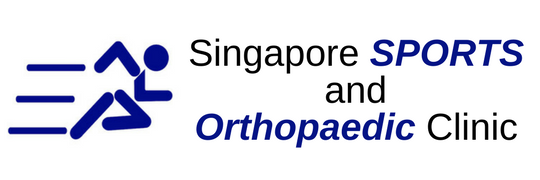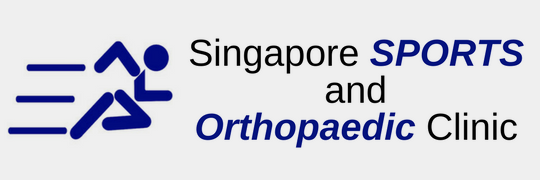Medical research has proven that an increase in the flexibility of a muscle unit increases performance and reduces the amount of injuries sustained. Basic stretching exercises include warming up and cooling down sessions. The main mechanism is due to the loosen tendons after stretching which is less prone to tears when used. Stretching also helps to reduce the recovery time in-between sessions and increases the biomechanical efficiency.
There are basically 3 main types of stretching namely static, ballistic and proprioceptive neuromuscular facilitation (PNF). Static stretching is the most common and the safest amongst the 3. Static stretching works by slowly pulling the muscles towards its maximum end range of motion for a duration of 15 seconds. This is done in a painless and controlled environment and during the stretching exercise no sudden jerks should be made. It is performed for usually for 3 sets and after which an increase in flexibility will be observed. Static stretching should also be performed after the exercise to aid in recovery. Studies have shown that stretching can help to dissipate the lactic acid build up in the muscles which are responsible for the soreness experienced post-exercise.
Ballistic stretching on the other hand uses the momentum of a moving body to stretch it beyond the normal range of motion. This is also known as bouncing stretching which pulls your muscles through exercises such as bouncing on a trampoline while stretching the back. Medical studies have concluded that this is not useful and can lead to injuries since it stretches your muscles suddenly instead of progressively as seen in static stretches.
Last but not least is the proprioceptive neuromuscular facilitation (PNF) stretch. It is the fastest and most effective stretching method that combines passive and isometric stretching to obtain maximum flexibility. PNF stretch was originally intended for recovering stroke victims. It works by passively stretching the muscles and then contracting it isometrically and repeating over and over again.
Stretching can be easily performed anywhere regardless of the activity you are about to perform. In fact, stretching should not be considered a warm up exercise. You should perform stretching even before you commence your warming up exercises. Always keep your stretches sport specific so that you work the correct muscle groups. Remember to always exercise caution when doing stretches and do not work muscle groups that are injured or it can be further aggravated.









